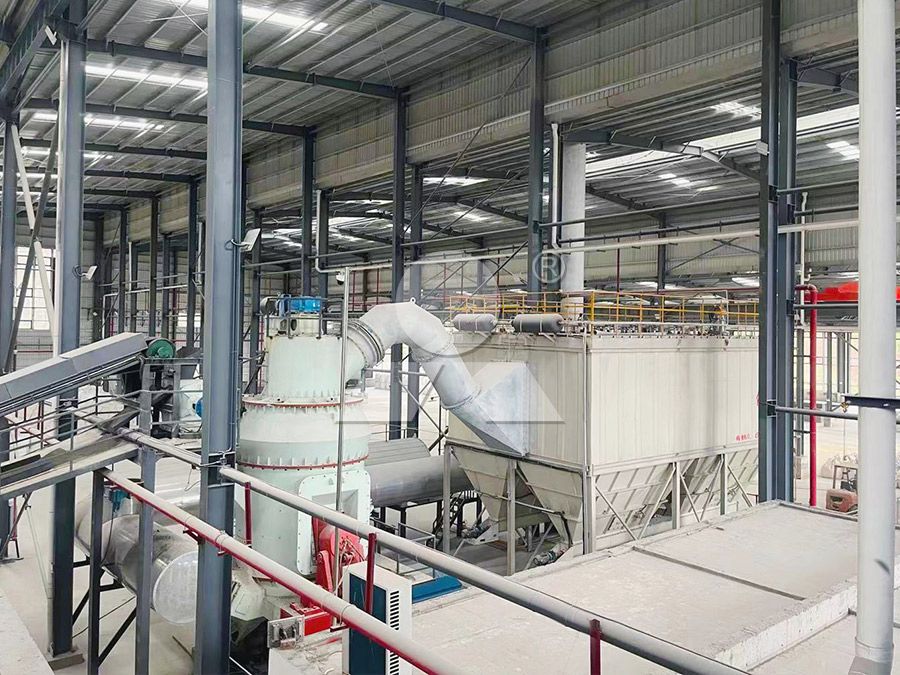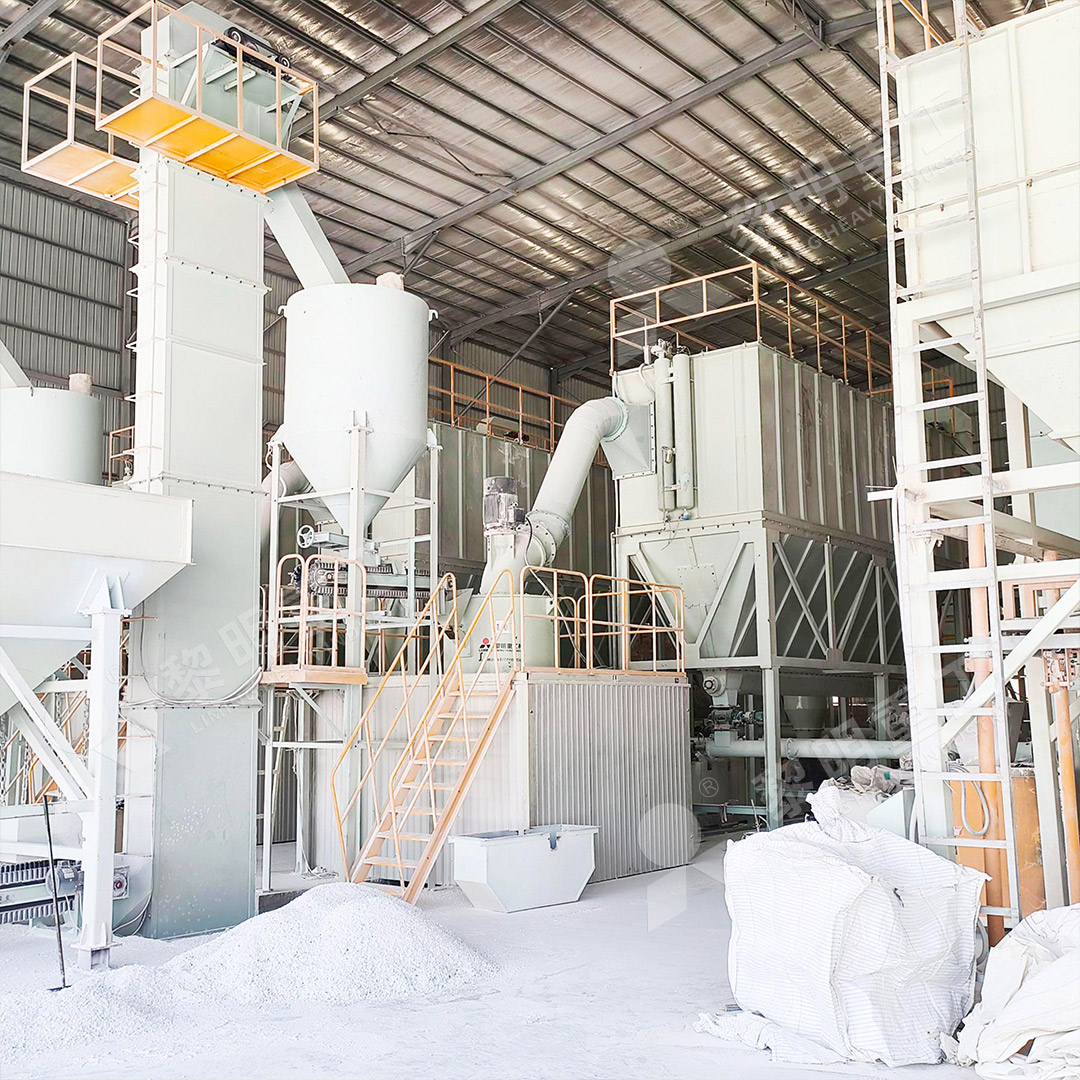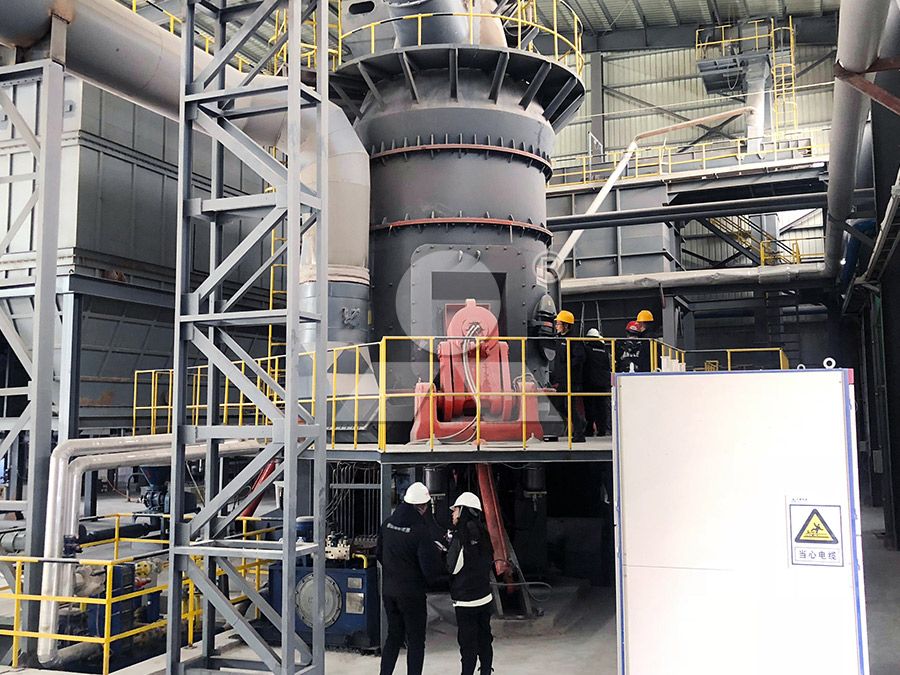Phosphate Apatite Vertical Roller Mill for Fine Powder Production
Unlocking Efficiency in Phosphate Apatite Processing
The quest for optimal fine powder production from phosphate apatite presents unique challenges that demand specialized grinding solutions. As industries increasingly require precisely controlled particle sizes for enhanced reactivity and application performance, traditional milling methods often fall short in delivering the necessary fineness while maintaining operational efficiency.

Phosphate apatite’s variable hardness and abrasiveness necessitate equipment that can handle these characteristics without compromising on powder quality or equipment longevity. The mineral’s widespread use in fertilizers, chemicals, and other industrial applications means that production efficiency directly impacts operational costs and product competitiveness.
The Vertical Roller Mill Advantage
Vertical roller mills have emerged as the preferred technology for processing phosphate apatite into fine powders. Their unique grinding mechanism, which combines compression and shear forces, proves particularly effective for minerals with moderate to high hardness. The integrated drying capability further enhances their suitability for materials that may contain moisture.
What sets modern vertical roller mills apart is their ability to produce powders in the precise fineness range required for phosphate apatite applications while maintaining consistent particle size distribution. This consistency translates to better performance in downstream processes and more predictable product behavior.
Recommended Solution: MW Ultrafine Grinding Mill
For operations requiring exceptional fineness in phosphate apatite processing, our MW Ultrafine Grinding Mill represents a technological breakthrough. Engineered specifically for ultra-fine powder production, this mill achieves fineness between 325-2500 meshes with remarkable consistency.

The MW series incorporates advanced German cage-type powder selector technology, ensuring precise particle separation and superior classification efficiency. With capacity ranging from 0.5 to 25 tph and handling feed sizes up to 20 mm, this mill provides the flexibility needed for varying production requirements.
Notable features include the absence of rolling bearings and screws in the grinding chamber, eliminating common failure points and reducing maintenance downtime. The external lubrication system allows for continuous 24-hour operation, while the integrated pulse dust collector ensures environmentally compliant operation.
Alternative Solution: LUM Ultrafine Vertical Grinding Mill
For operations prioritizing energy efficiency and easy maintenance, the LUM Ultrafine Vertical Grinding Mill offers compelling advantages. Combining Taiwanese grinding roller technology with German powder separating technology, this mill delivers outstanding performance with energy consumption reduced by 30-50% compared to conventional mills.
The LUM’s reversible structure simplifies maintenance procedures, allowing grinding rollers to be easily moved out of the body for inspection and replacement. This design consideration significantly reduces downtime during routine maintenance operations.
Operational Benefits in Phosphate Apatite Applications
When processing phosphate apatite, the MW Ultrafine Grinding Mill demonstrates several distinct advantages. The higher yielding and lower energy consumption characteristics translate to tangible cost savings, with production capacity 40% higher than jet grinding mills under similar fineness and power conditions.

The adjustable fineness between 325-2500 meshes provides operators with unprecedented control over product specifications. This flexibility proves invaluable when serving multiple markets with different fineness requirements from the same production line.
Environmental compliance is built into the design, with efficient dust collection and noise reduction features ensuring operations meet stringent regulatory standards. The digitalized processing of core components guarantees the precision necessary for consistent long-term performance.
Frequently Asked Questions
What makes the MW Ultrafine Grinding Mill suitable for phosphate apatite?
The MW Mill’s unique grinding curve design and advanced powder selection technology make it ideal for processing abrasive materials like phosphate apatite. Its ability to produce ultra-fine powders while maintaining energy efficiency sets it apart from conventional grinding systems.
How does the fineness adjustment work?
Through our proprietary cage-type powder selector system, operators can precisely control product fineness between 325-2500 meshes. The multi-head configuration allows for customization based on specific yield, fineness, and sieving rate requirements.
What maintenance advantages does this equipment offer?
The absence of rolling bearings and screws in the grinding chamber eliminates common failure points. The external lubrication system enables maintenance without shutdown, while the durable construction of grinding components ensures extended service life even with abrasive materials.
Can the system handle variations in feed material characteristics?
Yes, both the MW and LUM mills are designed to accommodate normal variations in phosphate apatite characteristics. The robust construction and adjustable operational parameters allow for consistent performance across different material batches.
What environmental considerations are addressed?
The integrated pulse dust collector ensures no dust pollution during operation, while silencers and noise elimination features maintain workplace comfort. The systems are designed to fully comply with national environmental protection standards.
